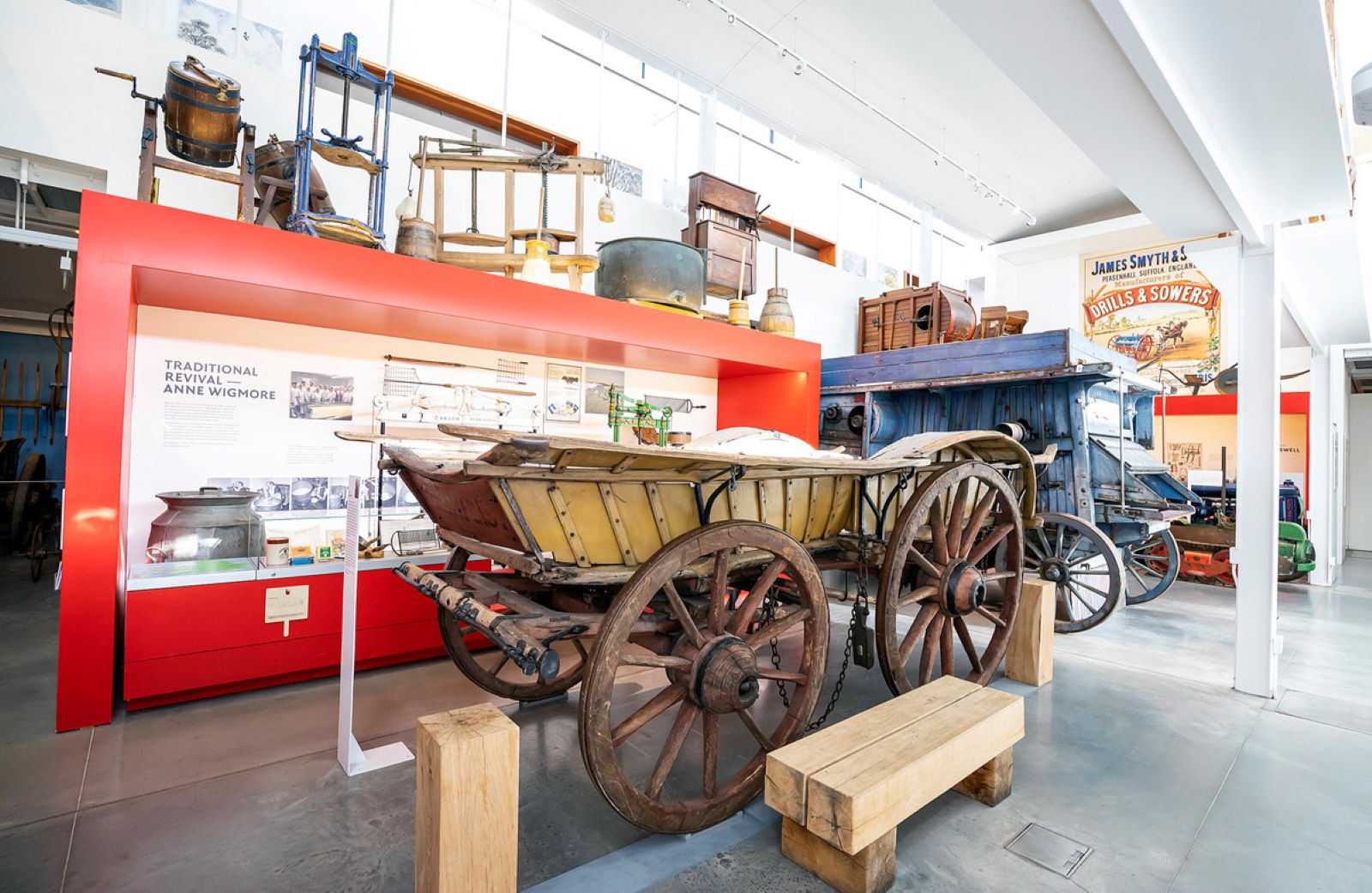Digital labels – Forces for Change

Farming has existed since humankind could walk, and has constantly been propelled forward by new tools and technologies. This gallery is dedicated to these advancements in farming, and highlights innovations that led to social as well as agricultural changes, such as the threshing machine.
To find out more about an object, click the icon hovering above it.